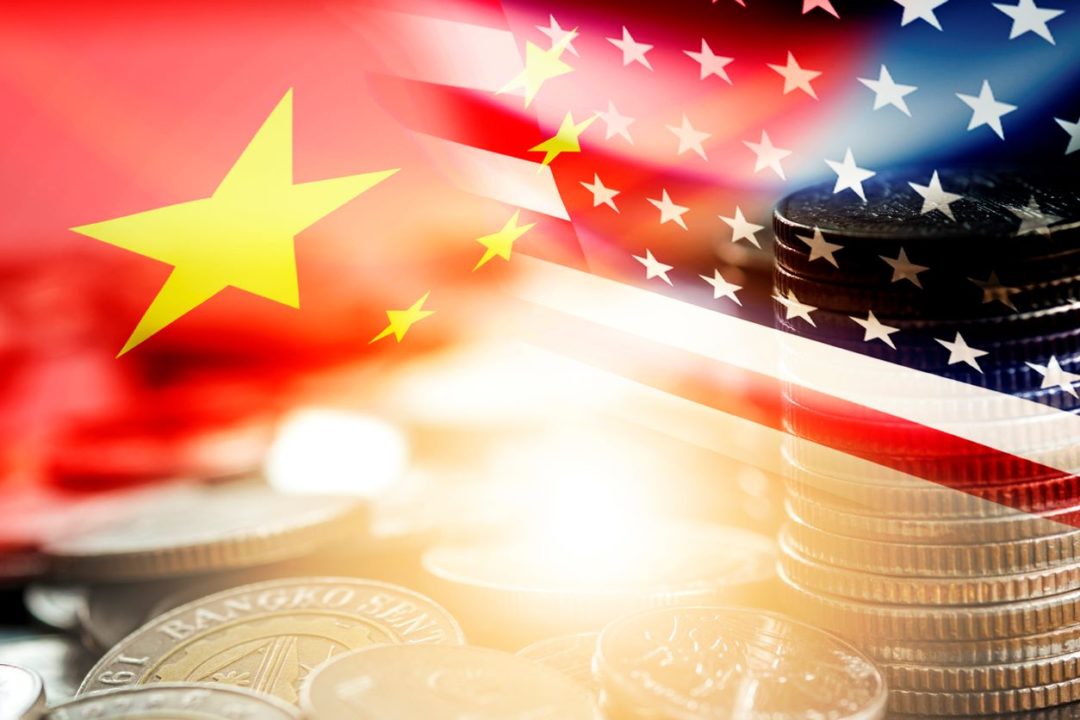
In the U.S., Tesla grabs most of the headlines about electric vehicle sales, followed by the major American automakers. But it’s China that’s racking up dominance in EV production globally.
China’s commanding share of battery production is widely known. Chinese producers account for about 60% of global exports, and the number continues to rise, according to Rahul Sen Sharma, managing partner of Indxx, a financial services firm.
It starts with China’s near-monopoly on many of the raw materials that go into EV batteries, including a number of crucial rare earth minerals. China is responsible for more than 60% of rare earths production worldwide, but the actual number is even higher than that because it controls the global supply chain of materials from other countries, such as cobalt from the Democratic Republic of the Congo, Sen Sharma notes. China exerts control over contracts and ownership of those materials on multiple levels, with a particular focus on Africa, he adds. In all, it’s home to more than half the world’s processing and refining of lithium, cobalt, graphite and other essential ingredients of EVs.
From there, China has built up a similarly dominant position in production of the lithium-ion batteries that power EVs, with an estimated global market share of around 76%. The U.S. share, by contrast, is approximately 8%.
Less well-known to many Americans is China’s leading position in the production of entire EVs. While its brands have virtually no presence in the U.S. market, they accounted for 53% of all global sales in 2021.
The number includes the high-priced vehicles that make up the lion’s share of the EV market, as well as less-expensive products, such as the two- and three-wheelers that are popular in China, India and Southeast Asia.
Sen Sharma says China’s push to dominate the EV market is being driven by the government’s focus on reducing carbon emissions. While China isn’t part of the Paris Climate Agreement, it has committed to achieving carbon neutrality by 2060. “This is part of their plan to get there,” Sen Sharma says.
China’s domestic market alone provides enough demand to support exponential growth in production. It’s currently the world’s largest market for EVs, with domestic sales of 3 million units in 2021. To support those vehicles, the nation is building out a massive network of publicly available charging stations — a total of 1.15 million and rising. That’s about one charging point for every five vehicles in the country. Sen Sharma says China plans to invest another $1.42 billion in its charging network.
All of this puts the U.S. in a game of catch-up. The Biden Administration’s infrastructure plan earmarks $7.5 billion to construct a national network of 500,000 EV chargers, and more than $7 billion to supply domestic manufacturers with the raw materials needed to produce EV batteries. And the CHIPS and Science Act authorizes additional investments in domestic production of semiconductors, which has been in seriously short supply over the last couple of years. Those efforts are critical to reaching the President’s goal of having half of all passenger cars sold in the U.S. be electric by 2030.
Whether the U.S. can break China’s grip on the global EV market remains to be seen. Sen Sharma notes that the U.S. still hasn’t recaptured the leading market position in solar panels that it ceded to China more than a decade ago, and the struggle for a solid foothold in EVs could prove even more challenging.
The deciding factor will be price, he says. The hope is that a surge in American EV production will make domestic cars cheaper, and therefore more attractive to consumers. “How it turns out over the next 10 to 15 years is going to be driven by economics,” Sen Sharma says, while acknowledging that “nobody has a crystal ball.”
On the positive side, he says, “U.S. manufacturers are all in. That should achieve significant economies of scale.” But it’s going to take massive amounts of money and a wholesale restructuring of industrial manufacturing and supply chains, if the U.S. is ever to make a dent in China’s EV market position, both domestically and on a global scale.







